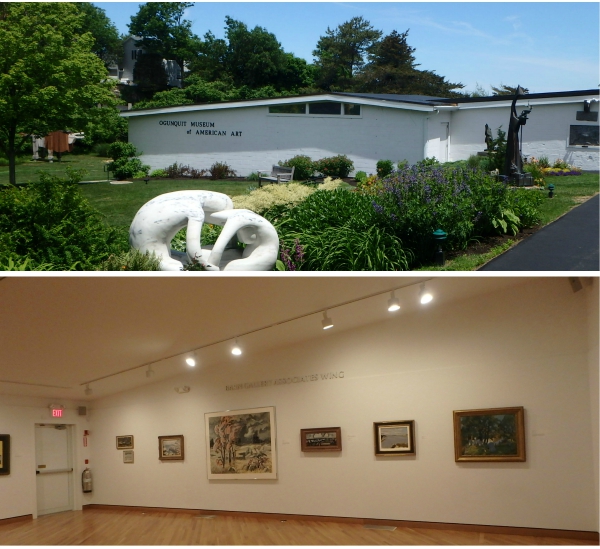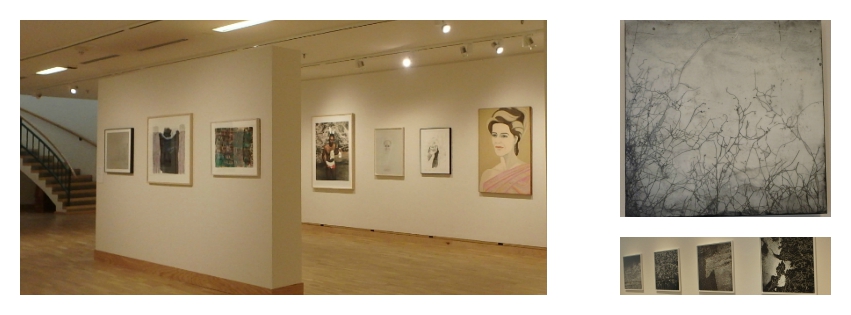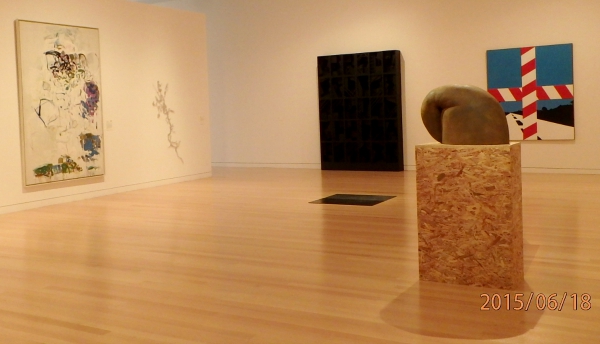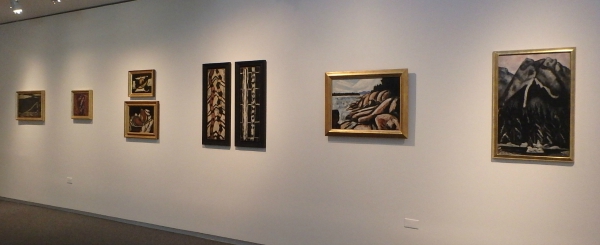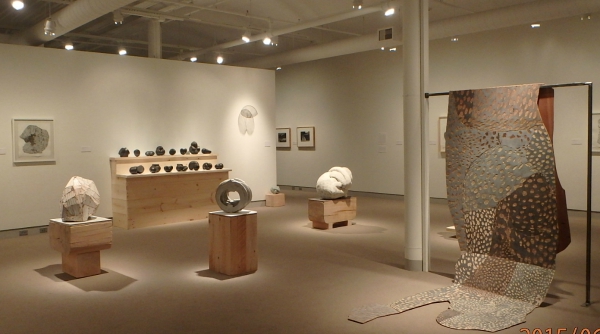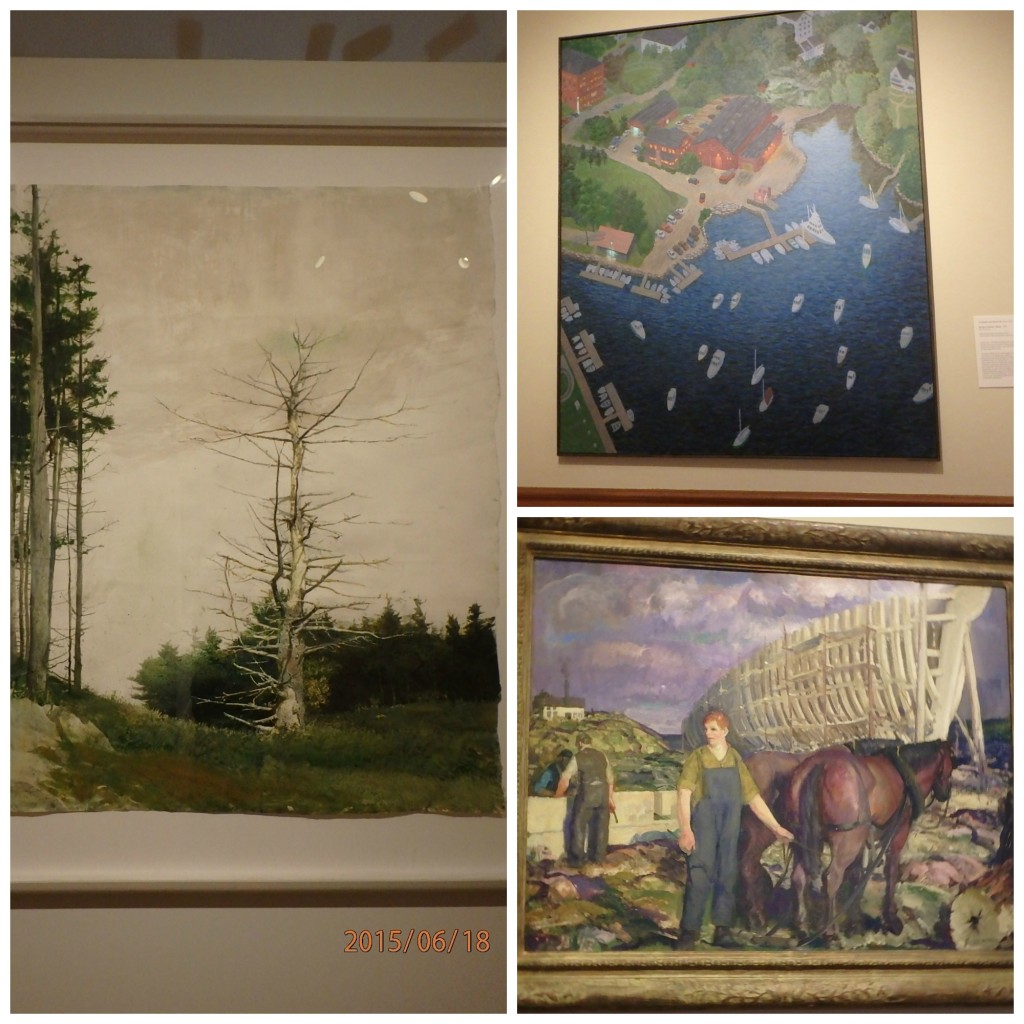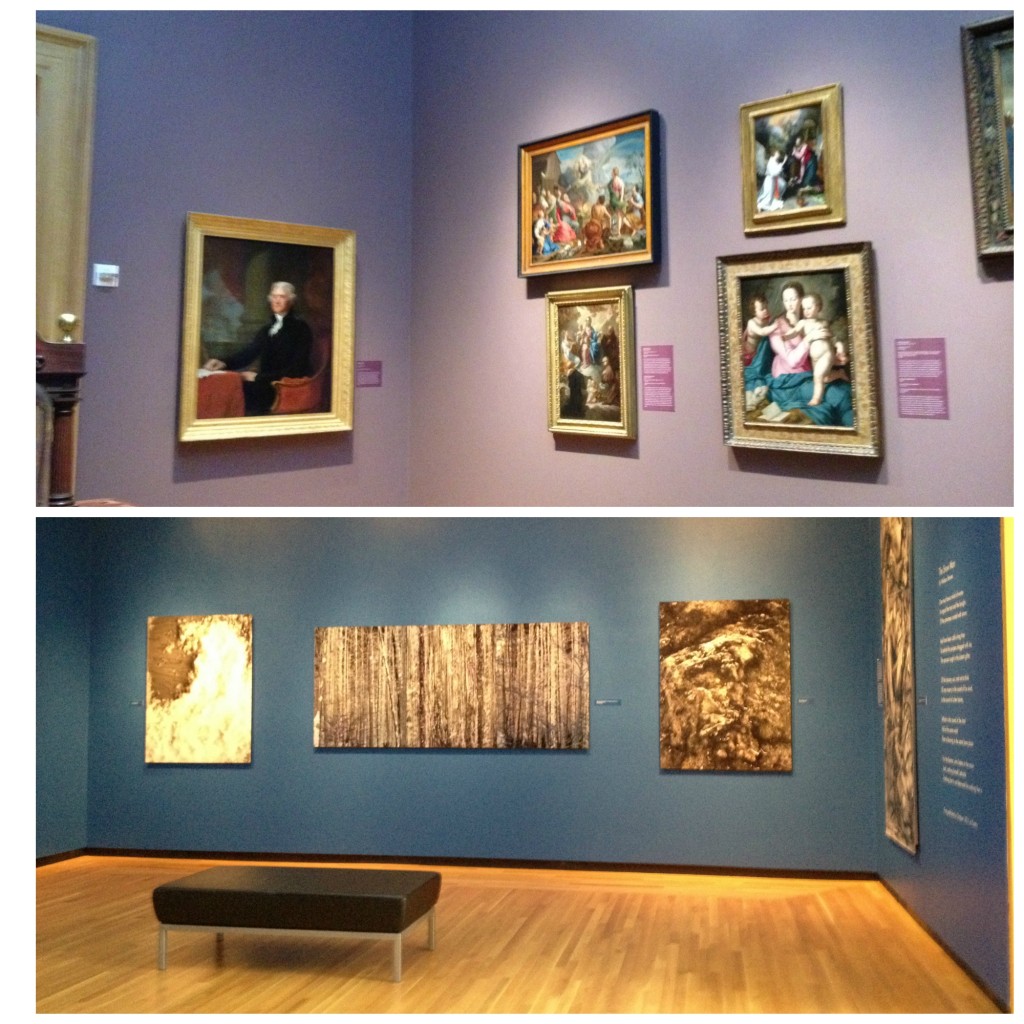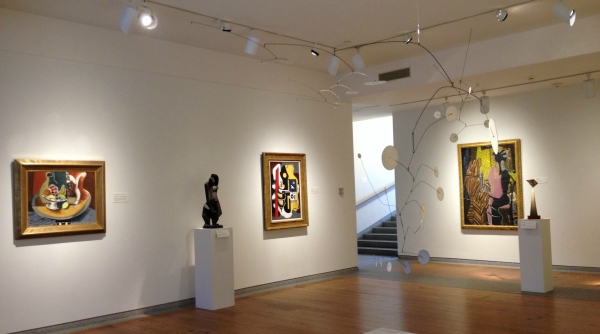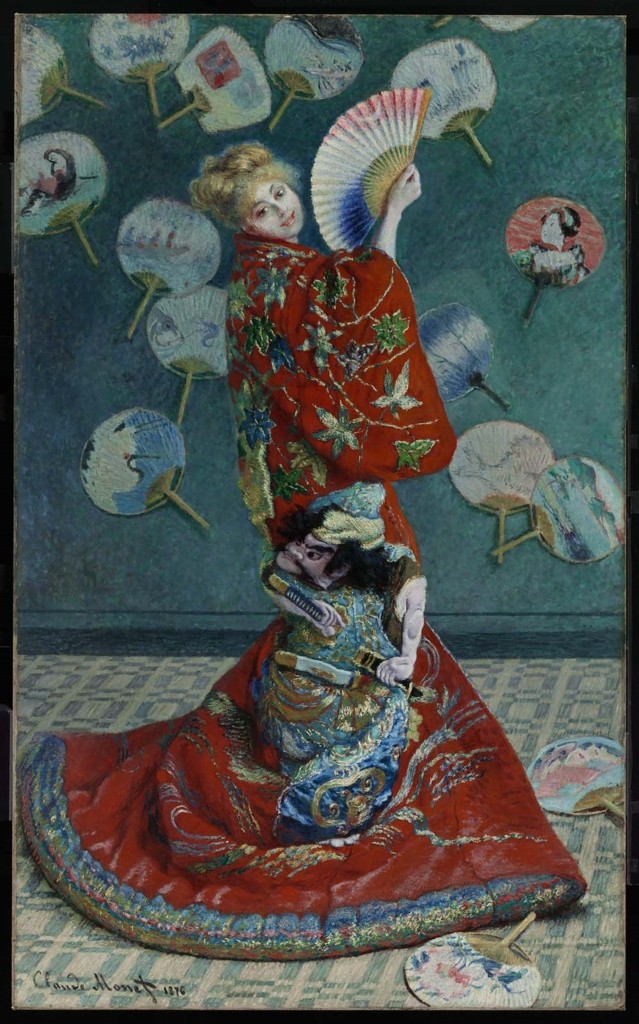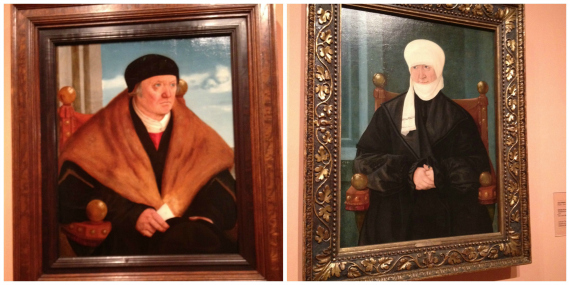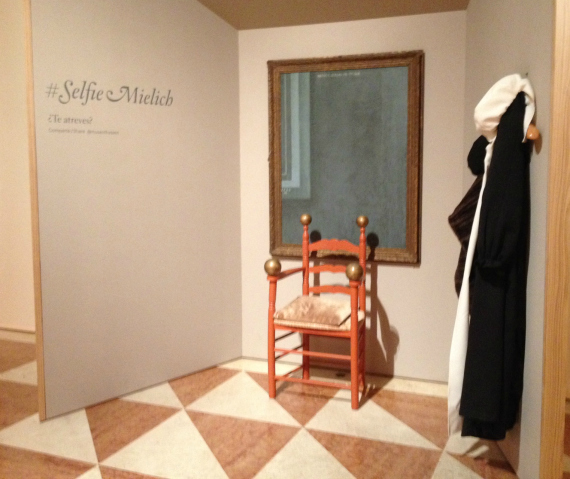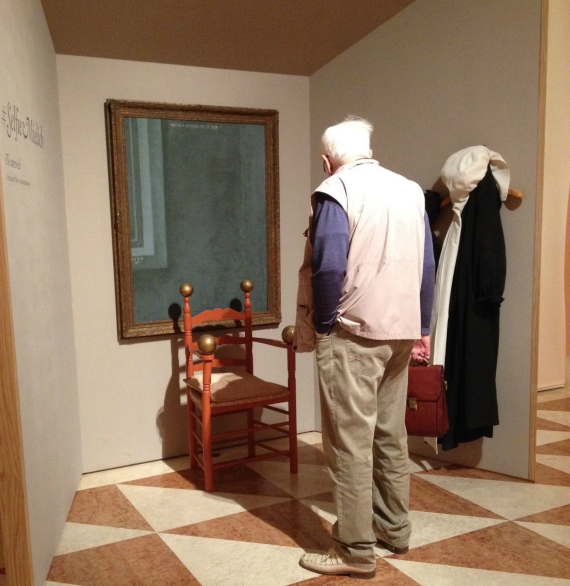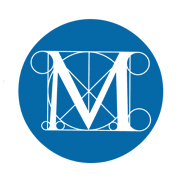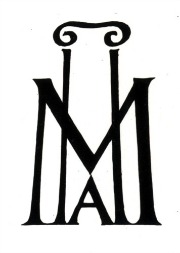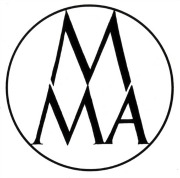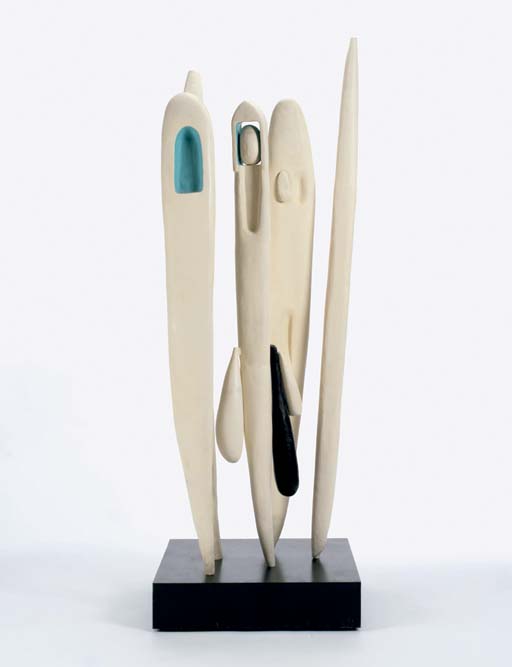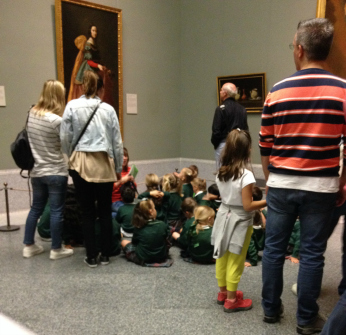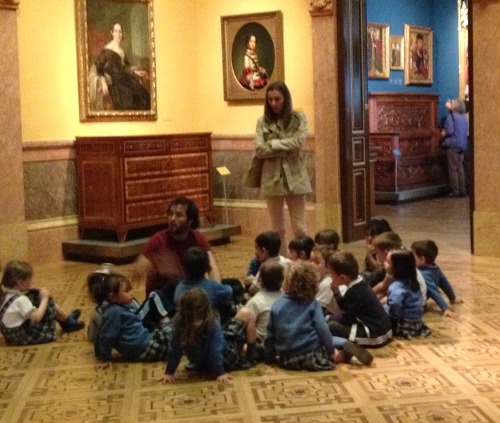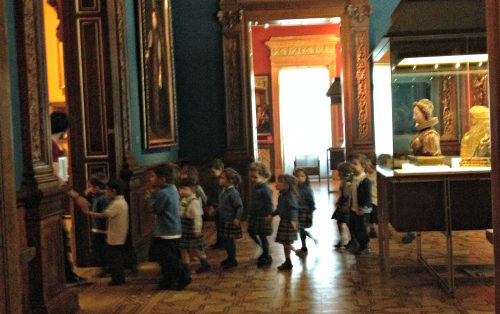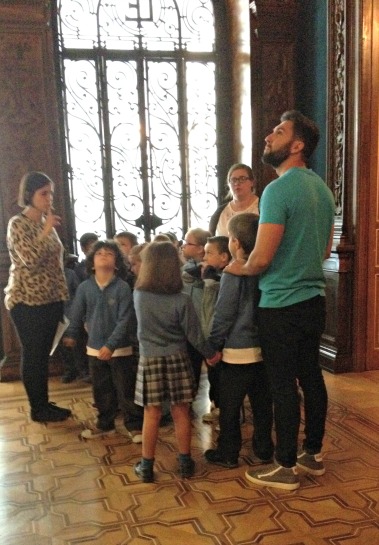If you ever have the opportunity, drive the Maine Art Museum Trail. Did you even know there was a MAMT? Or that it includes eight institutions around the state, from the Ogunquit Museum of American Art in the south to the University of Maine Museum of Art in Bangor?
Truth is, it should be better known. This summer, the museums are trying with a special exhibition called “Directors’ Cut” at the Portland Museum of Art; for it, each museum director was given a certain amount of space to fill and each chose works for that space. What results is kind of a mishmash, but that’s ok–it’s a small sampling meant to whet the appetite for more.
I did it the trail last month, and it was well worth my time. In fact, I wish I had taken more time than the four days I spent on the trail. The museums present mostly American art, except for the three largest–the Colby College Museum of Art, the Portland Museum, and the Bowdoin College Museum of Art. All told, they say they own 73,000 works of art. Yes, the collections are uneven. The university collections are for teaching, after all. But on the trail you will see lots of treasures and the occasional masterpiece, plus many representative works worth seeing.
Tomorrow’s Wall Street Journal has my take on the trail, headlined Hunting Beauty on Maine’s Art Museum Trail. It occupies a full page, and has includes four art works.
What can I add here? More pictures.
The Ogunquit, with permanent collection gallery.
Bates, with permanent collection gallery, works by Shoshannah White (top right) and David Maisel (bottom right)
Colby: contemporary gallery and a wall of Hartleys.
University of Maine Museum of Art: work by Anna Hepler.
Farnsworth (forgive the tilted pix, please): Andrew Wyeth (left); Yvonne Jacquette (top right); George Bellows (bottom right)
Monhegan: works by Lamar Dodd
Bowdoin: permanent collection gallery (top), photos by Abelardo Morell (bottom)
Portland Museum of Art: permanent collection gallery

